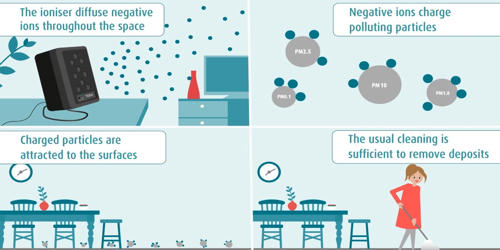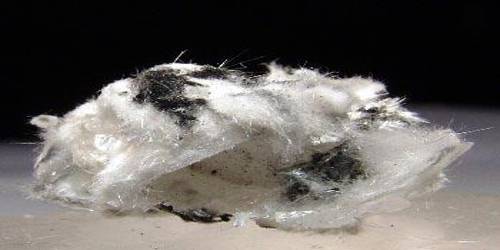The global supply network that distributes beef to markets is extremely intricate and typically very effective. But meat deterioration becomes a very serious issue for food producers, vendors, and consumers when delays in one region of the world can cause transit delays across an ocean and a continent. This is especially true if the protocols for food inspection are lax.
A team of Concordia researchers developed a novel, low-cost, accurate, and user-friendly system that detects the presence of the toxin putrescine in cattle in order to increase food safety.
Putrescine, as its name suggests, is what gives putrefying foods their foul odors and, when taken in large doses, can result in headaches, vomiting, diarrhea, and heart palpitations. Additionally, it has been related to an increased risk of colorectal cancer.
In the journal Applied Bio Materials, the researchers describe how they created the paper-based synthetic biosensor using a protein from nature.
“Making a rapid, easy-to-use biosensor for people to check the quality of the food they are eating is empowering,” says lead author Alaa Selim, MSc 22, now pursuing her PhD at the University of Saskatchewan’s Vaccine and Infectious Disease Organization. “We wanted to make a device that anyone could use, that is disposable and contained no toxic materials.”
Her co-authors include her former PhD student colleagues at the Shih Microfluidics Lab, James Perry, Mohamed Nasr and Jay Pimprikar, as well as Steve Shih, associate professor of electrical and computer engineering.
We believe our work is a first step toward using sensors in the meat preparation industry. In addition, we believe this type of sensing can be used for other fields like environmental sampling of heavy metal contamination and cancer and disease diagnostics.
Steve Shih
Results improve over time
Cell-free protein synthesis, which creates a protein utilizing a cell’s biological machinery without actually needing a real cell, is the basis for the sensor’s manufacturing process. The putrescine repressor protein PuuR, which is present in E. coli bacteria, was discovered by the researchers to be a putrescine indicator.
To check if the researchers could visually detect the presence of putrescine under UV light, putrescine was added to the cell-free system that was producing the repressor in a solution and placed on a paper device.
The biosensor was able to detect the presence of putrescine after an hour, and after four hours, the researchers were convinced that their results were quite accurate.
After that, they tested actual flesh samples. To determine how much putrescine accumulated over a period of many days, little beef slivers were compared to those maintained in the freezer, the refrigerator, and at ambient temperature.
The samples stored in the freezer and refrigerator had as expected very low putrescine levels, whereas the sample kept at room temperature had fairly significant levels that could make anyone who might consume it ill. They discovered some correlation between their biosensor’s results and those of a sophisticated chromatography used for food inspection.
A foundational technology
The biosensor won’t be readily available in a fully working, commercial form anytime soon, but the researchers are hopeful about its possibilities.
“We believe our work is a first step toward using sensors in the meat preparation industry,” says Shih, the Concordia University Research Chair in Microfluidics for Biological and Chemical Analysis. “In addition, we believe this type of sensing can be used for other fields like environmental sampling of heavy metal contamination and cancer and disease diagnostics.”
For Selim, the most important thing to a consumer is their health and the health of their family. “I want anyone, regardless of their background in technology, to be able to use this, whether it’s a college student, a busy mom or people working in the restaurant industry.”
















